Things between India and China can no longer be as usual, forceful message conveyed to Xi
Amid LAC tensions created by China, ignited in 2020, India has checkmated China effectively. US, Japan and Australia are also backing India. The Indian economy too is growing rapidly and India has solid links with its neighbours.
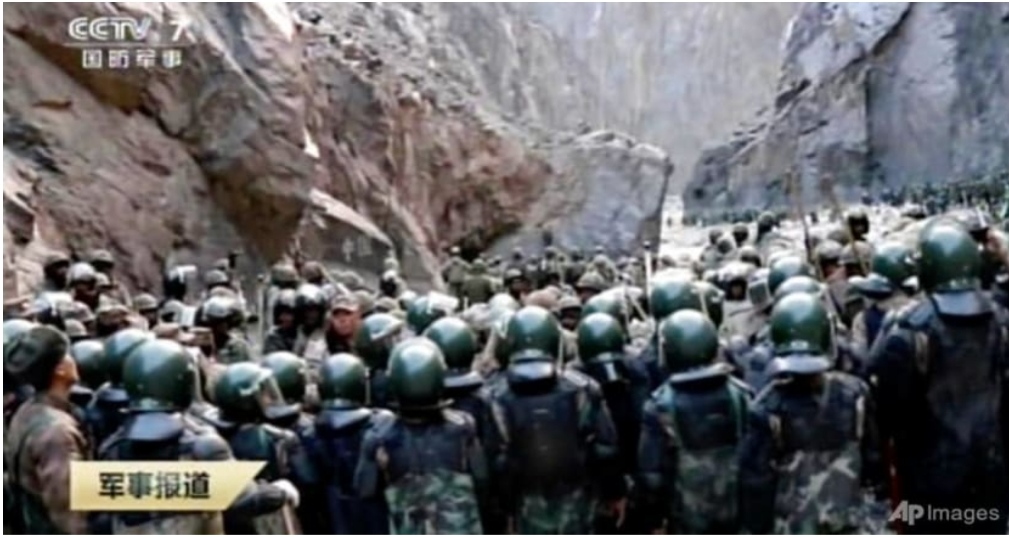
Stand-off in the Galwan Valley, on the border of China and India.
Many a shop owner in Delhi, liked doing business with China because the cheap Chinese items are quite cost-effective, offer product variety and are available in plenty. Chinese are able to tackle large orders of any item and supply it within agreed time. Even the language barrier has reduced as Chinese have started learning Hindi and English.
No wonder trade between the two countries hit a high of INR 1062500 Crores (US$125 billion) last year. However after 2020 Galwan clash things are not as usual. Indian goodwill towards China has started evaporating. The Govt of India is now very determined to put a stop to the Chinese nonsense game which they have been playing with India since 1950’s.
India-China relations have been fraught with tension since mid-2020, when their troops clashed on the LAC in Galwan Valley in Ladakh. Both claimed incursions by the other side, in territory occupied illegally by the Chinese which includes Tibet a Sovereign Country.
At least 20 Indian soldiers were killed in June 2020, while China had lost 40 soldiers as killed and similar number injured. Though shamelessly, PLA denied dignity to its own soldiers fighting for their country and accepted only four casualties, that too much later. The fatalities were the first at the 3,440km border, at the Line of Actual Control, in 45 years.
Since then, both countries have reportedly amassed close to 60,000 troops each at the LAC in Ladakh. Another 75000, are amassed on Indo Tibetan border from Sikkim to Arunachal Pradesh. In case PLA tries any misadventure, then unlike the Americans, the Indian Army may take the battle into Tibet and help liberate it.
In March, a worried Central Committee decided to send Chinese Foreign Minister Wang Yi on a surprise trip to Delhi seeking normal ties. His trip was actually to gauge whether India would attend the BRICS summit China was to host during the month. Wang said: “The two sides should… put the differences over the boundary issue in an appropriate position in bilateral relations and adhere to the correct development direction of bilateral relations.”
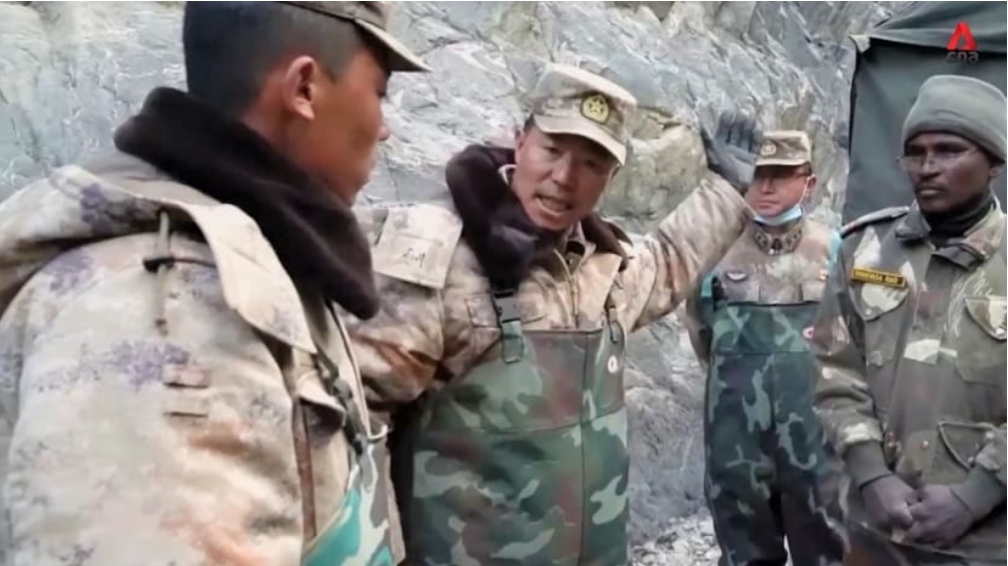
Indian and Chinese troops facing off in the Galwan Valley.
However Indian Foreign Minister Subrahmanyam Jaishankar said ties could not be normal with the build-up of troops on the Indo Tibetan LAC / Indo Tibetan border. “The frictions and tensions that arise from China’s deployments since April 2020 cannot be reconciled with a normal relationship between two neighbours,” he said.
This tension is not, however, simply between two Asian giants laying claim to each other’s territory but the wider geopolitical dynamics at play, such as the rivalry between the United States and China, with India taking its own stand as an emerging Super Power.
Though there’s a cold war that’s created between India and China, India is never going to be a part of the Western military alliance. Though it is India which is the principal bulwark against China. Though Rohan Gunaratna, the director general of the Institute of National Security Studies in Sri Lanka thinks that India will be joining the Western military bloc. He thinks that the world is “being split”, with India working with the US, Europe, Japan, South Korea, Australia and New Zealand, he said as he cited Russia, China, Iran and Pakistan on the other side. For example, India is part of the Quad, or Quadrilateral Security Dialogue, which also comprises the US, Japan and Australia. The countries co-operate in maritime and other fields to realise what they call a “free and open Indo-Pacific”.
“Certainly, the US strategy is to counter Chinese power and Chinese influence, and India is at the forefront of it,” added Gunaratna, who is also a professor of security studies at Singapore’s S Rajaratnam School of International Studies.
He knowingly “ forgets “ that India is a major member of BRICS too and SCO. Also India will not tolerate any nonsense from the Western bloc as evident from Ukraine conflict.
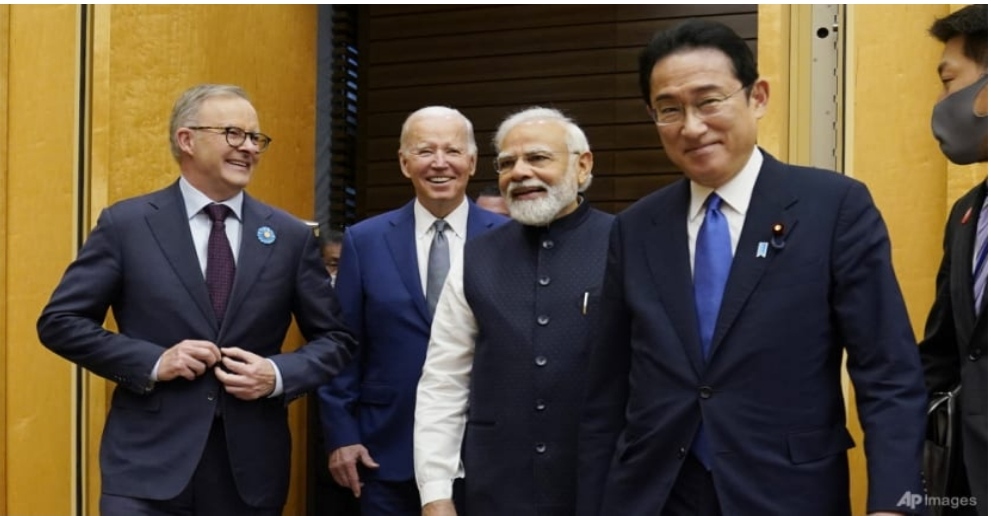
From left: Australian Prime Minister Anthony Albanese, United States President Joe Biden, Indian Prime Minister Narendra Modi and Japanese Prime Minister Fumio Kishida at the Quad summit in Tokyo on May 24.
India had bluntly rejected China’s Belt and Road Initiative right at the beginning in 2013 itself, even when every country was eagerly lapping it up. The rejection was because, China had violated Indian sovereignty in POK through its Belt and Road policy. A few years down, India proved to be right.
The massive infrastructure project involving over 100 countries major construction taking place in India’s neighbours, such as Pakistan, Sri Lanka, Bangladesh and the Maldives are now floundering at many places.
An important project in the China-Pakistan Economic Corridor, for instance, is to transform the Gwadar port, establish a special economic zone in the area and build logistics channels northwards to the Chinese city of Kashgar in Xinjiang. However many feel that this a major military project. Both China and Pakistan, though should know that in first instance of any misadventure, Gwadar will be decimated by the Indian Navy and the IAF.
The infrastructure development began even earlier, with the Chinese building the Karakoram Highway right from 1959. Majid Hussain, the caretaker of a Chinese cemetery in Gilgit, Pakistan, said around 110 Chinese were killed making the highway up until 1968. There are also plans to develop the economic corridor by laying fibre-optic cables, rail links and oil and gas pipelines.
However the road runs through Indian territory under illegal occupation of Pakistan which India has vowed to liberate at the opportune time.
The only way to start calming down things are that the Indo Tibetan border be ratified on map and demarcated on ground. Next in a similar manner China Tibet border must get ratified and demarcated on ground. Thereafter China should vacate all Indian territory which is under its occupation including Shaksgam Valley. Finally there can be tri lateral talk of restoring independence to Tibet.
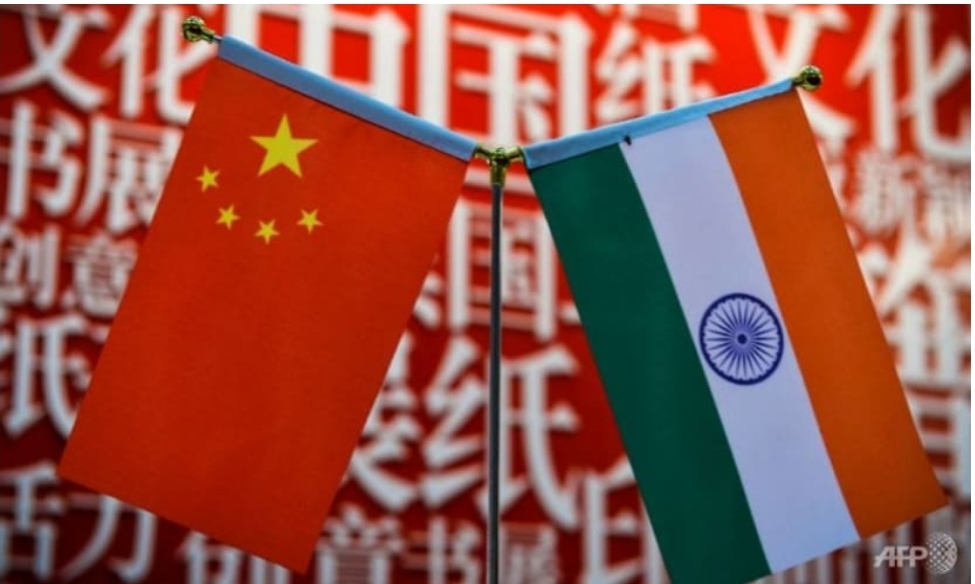
China and India, their flags pictured here, have different perspectives on the Belt and Road projects.
Coming down to the Indian Ocean from the Himalayas, it is seen that even Sri Lanka had got into a serious debt trap and Hambantota port was about to be handed over to China because Sri Lanka was unable to pay off the loan obtained to construct the port. Sri Lanka in the end had a very serious political and economic crisis but with Indian help, things are getting back to normal. Seeing India’s clear stance that it will Brooke no interference / destabilization on the Island, now IMF, USA, western Countries and even China all are trying to help out Sri Lanka.
Sri Lanka is now on recovery mode from the economic meltdown during which it was unable to pay for imports of fuel, medicine and foods. There had been protests nearly daily for weeks and the President had to resign and flea the country. Now the pendulum has started moving towards Indian and western influence once again.
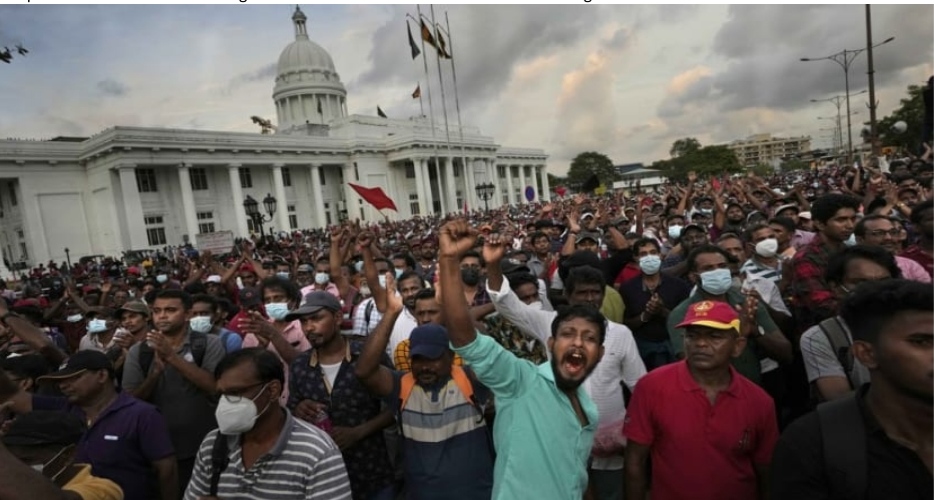
Sri Lankan opposition party members staging a protest in Colombo against the government amid the country’s economic crisis.
With a very significant Chinese investments in Nepal, in Bangladesh, in Sri Lanka, in the Maldives and in Pakistan, naturally, India feels threatened and struck back. While pendulum is swinging back in Sri Lanka, the extreme situation in Maldives was saved in nick of time a few years back. India has very seriously taken the attempts by China to constrain it through a significant presence around all around. India taking initiative established a strategic partnership earlier with Vietnam and now with Philippines and Indonesia. Armed with Indian BRAHMOS now Manila is in no mood to buckle down to the PLAN menace.
Seeing Indian reaction, China has been “very careful about not getting involved in military activities” This has been noted by even former Singapore diplomat Kishore Mahbubani, who spearheads the National University of Singapore’s Asian Peace Programme.
In a similar vein, India an emerging super power both economically and militarily, has been a “champion” of non-alliance, said Victor Gao, chairman of the China Energy Security Institute and vice-president of the Beijing-based Centre for China and Globalisation.
Hence the US is wrong if it thinks it can “hook India” into the “Asia-Pacific version of NATO (North Atlantic Treaty Organisation)” against China, he argued. “Independence of decision-making runs deep in the Indian gene and in the Indian blood.” He is absolutely right in this.
India is the only Quad member that has not condemned Russia for its invasion of Ukraine.
“India is very eagerly importing crude oil from Russia at a huge discount, and I hope India will continue to do that,” Gao said. “For what? For the benefit of the Indian people.”
Where India should take the plunge, in Mahbubani’s view, is by opening up to globalisation. However India will do things as per its own vision. So rightly it is establishing bilateral relationship with its neighbours one by one and this is giving handsome returns. Even UK and Europe want to sign FTA but India is not in a hurry.
India has not joined the Belt and Road Initiative, because of violation of country’s sovereign right by China. So Gao instead of lamenting it as “unfortunate” for the lack of “greater connectivity” with its neighbours, including the Indian Ocean island nations, should advice the Communist Party Central Committee to pay INR1 annual rent to India for use of Indian territory of POK.
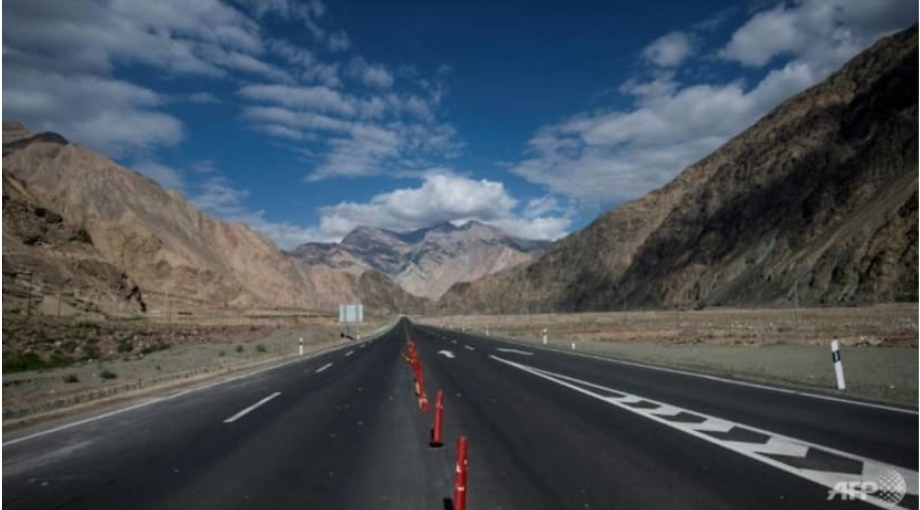
The Karakoram Highway in the China-Pakistan Economic Corridor, one of the crown jewels of Beijing’s Belt and Road Initiative.
Presently Mahbubani thinks that India made a “strategic mistake” by not joining the Regional Comprehensive Economic Partnership (RCEP). This is a free trade agreement among the 10 members of the Association of Southeast Asian Nations and Australia, China, Japan, New Zealand and South Korea. It entered into force this year. As per him this was the best way for India to integrate with East Asia, which will be the world’s most prosperous economic region in the coming decades, argued Mahbubani. “It’s in India’s long-term strategic interest to join the RCEP.”
He said Indian policymakers “haven’t understood why China’s become so powerful as an economy”, some five times larger than India’s today.
“China plunged into the ocean of globalisation. China struggled to swim. China drank water. But then China became a stronger swimmer,” he said, paraphrasing what Chinese President Xi Jinping said in Davos at the World Economic Forum in 2017. Mahbubani believes the Indian economy can become “as large as the Chinese economy, if not bigger”. “But India’s got to plunge into the ocean of globalisation,” he said. “And then India will emerge as a stronger swimmer”.
Well since 2014 ECONOMY has begun to flow in the very veins of Indian Govt. Also now India has started viewing world affairs not from the prisms installed in Washington, London, Brussels, Tokyo or Beijing but that in Delhi. Now India no more catches cold if someone sneezes in New York !!!! Why India refused to join RCEP will be starkly visible in a few years time.
China and India have been good neighbours for 7000years of known history, except for few aberrations. This can be continued and both the most ancient civilizations of this world, can trade peacefully as they have been doing since vehicle period through the Himalayan passes and along the Indo Pacific Trade routes.




